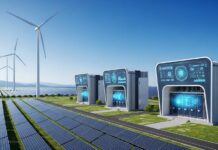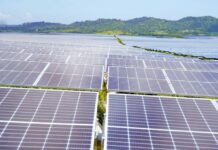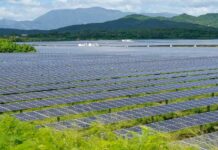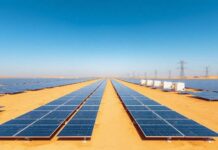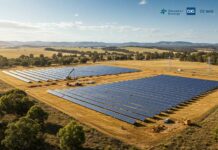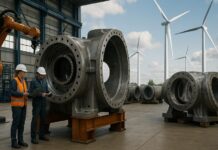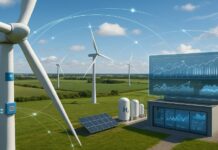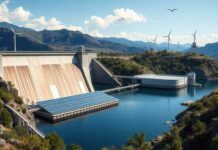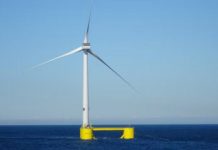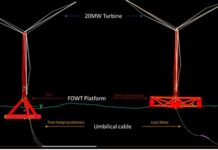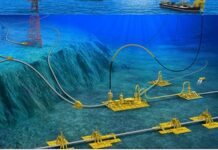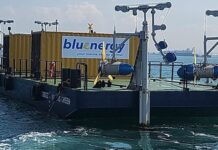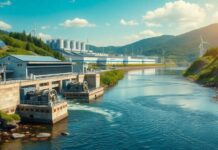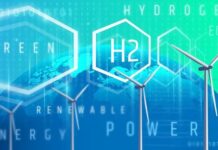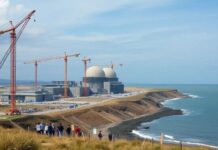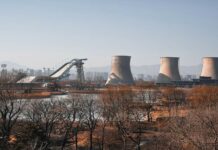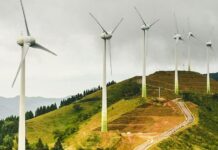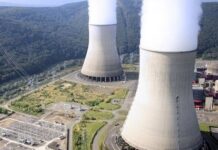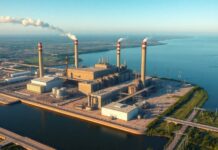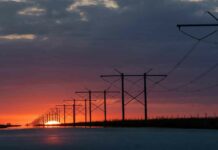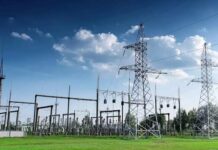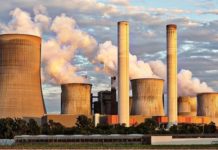Around the world, the lockdown measures to contain COVID-19 have led to economic contraction and a significant drop in energy consumption including electricity, gas and oil. CEOs, experts and policymakers are still taking stock of the impacts of COVID-19 on the energy landscape and what it means for the ongoing transition to sustainable energy.
Reduced energy consumption prompts multiple responses. Lower electricity demand, if sustained, may wedge fossil fuel generators into a difficult economic position of constrained output and dwindling revenues. This could see early closure of some privately-owned fossil fuel power plants, particularly older units. Government power utilities may demand subsidies for survival. By contrast, renewable energy operators face relatively lower economic impacts compared to their fossil fuel counterparts. In many national grids, renewable outputs are dispatched first, meaning they can continue selling energy unimpeded. As a result, many grids have seen renewable energy penetration reach levels not expected for a decade – providing both a system stress test and a glimpse of a high renewables future.
On the heels of COVID-19 another rare event has arisen – an oil price war. The convergence of these two factors has pushed oil prices over a cliff, even into negative pricing. Plummeting oil prices have raised the spectre of cheap oil impeding the progress of renewable energy. The International Renewable Energy Agency believes it is unlikely that renewables, largely focused on electricity generation, will be impacted by the oil price crash. In fact oil plays a negligible role in power generation – particularly evident in the Asia-Pacific where oil’s share in power generation registers at just 1.8 per cent.
Sustained low oil prices could have an impact on electric vehicle uptake or discourage the use of biofuels, potentially meaning renewables play a smaller role in transport. Governments could counter this with electric vehicle incentives as part of economic stimulus packages. The startling growth in urban delivery vehicles during the lockdown illustrates a huge sustainable energy opportunity to electrify all these vehicles.
As renewable energy supply chains span the globe, there have been concerns of renewable energy project slowdowns from component shortages. Major suppliers of solar photovoltaic and energy storage equipment in China, the Republic of Korea and the United States have been hit hard by COVID-19. Thus 2020 may see a significant dip in renewable energy additions as a result of these disruptions in supply and lockdown of key workers.
An important question is how these seismic shifts in the energy sector from COVID-19 will affect the region’s most vulnerable people. The Asia-Pacific has 200 million people without electricity and 1.2 billion people without clean cooking fuel. One medium-term impact of COVID-19 could be decreased investment in energy access, as national budgets refocus on other priorities. This would severely impact the capacity of rural health centres to support frontline health workers and provide essential services to COVID-19 patients. The anticipated coronavirus vaccine will need cold storage and refrigerated transport over large areas for large-scale immunisation in developing countries. The role of decentralised technologies such as solar in this effort will therefore be indispensable. On the clean cooking front, slow progress in mainstreaming clean cooking solutions could see a dangerous combination of indoor air pollution and COVID-19. Scientists are investigating links between air pollution and higher levels of coronavirus mortality, with preliminary results showing probable correlation between the two.
Economic challenges resulting from the pandemic are likely to force countries in the Asia-Pacific region to focus on short-term fixes to revive GDP growth, potentially undermining long-term sustainable development. In the energy sector, this can result in the decline of investment in clean energy development – slowing progress in renewable energy and energy efficiency, and impeding the realisation of the Paris Agreement. No doubt government stimulus packages will have business, jobs and economic growth as their principal guideposts. But this should not take the spotlight away from sustainable energy development or endanger the progress of the 2030 Agenda for Sustainable Development.
For policymakers, economic recovery and sustainable energy do not have to be mutually exclusive. There are many good examples of how stimulus packages supporting sustainable energy development post-crisis. Australia’s Northern Territory has legislated a COVID-19 solar stimulus package. Following the global financial crisis, 8 per cent of the Republic of Korea’s $38 billion stimulus package and about 40 per cent of China’s $586 billion package were allocated to sustainable energy investment. Therefore, as many have argued, a stimulus based on clean energy projects may offer the best of both worlds, creating economic revitalisation, new skilled jobs and putting in place the clean infrastructure that is needed to see out the rest of the 21st Century.


